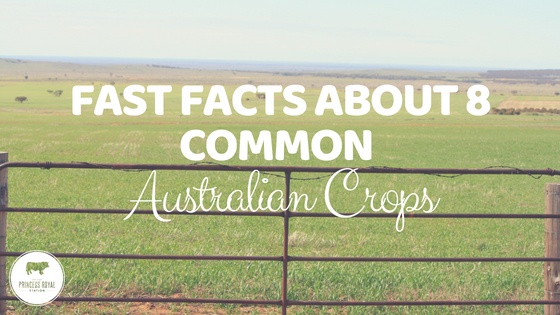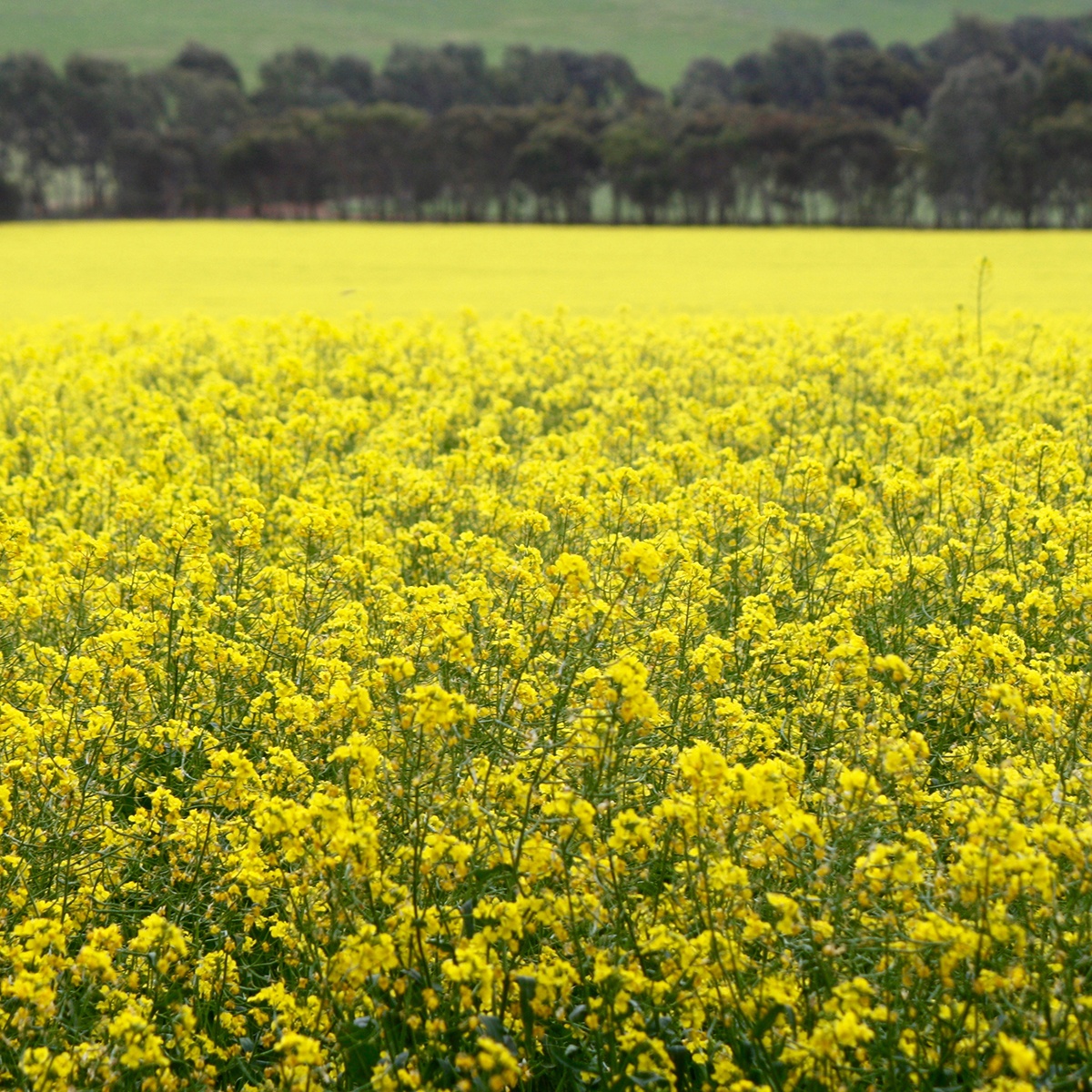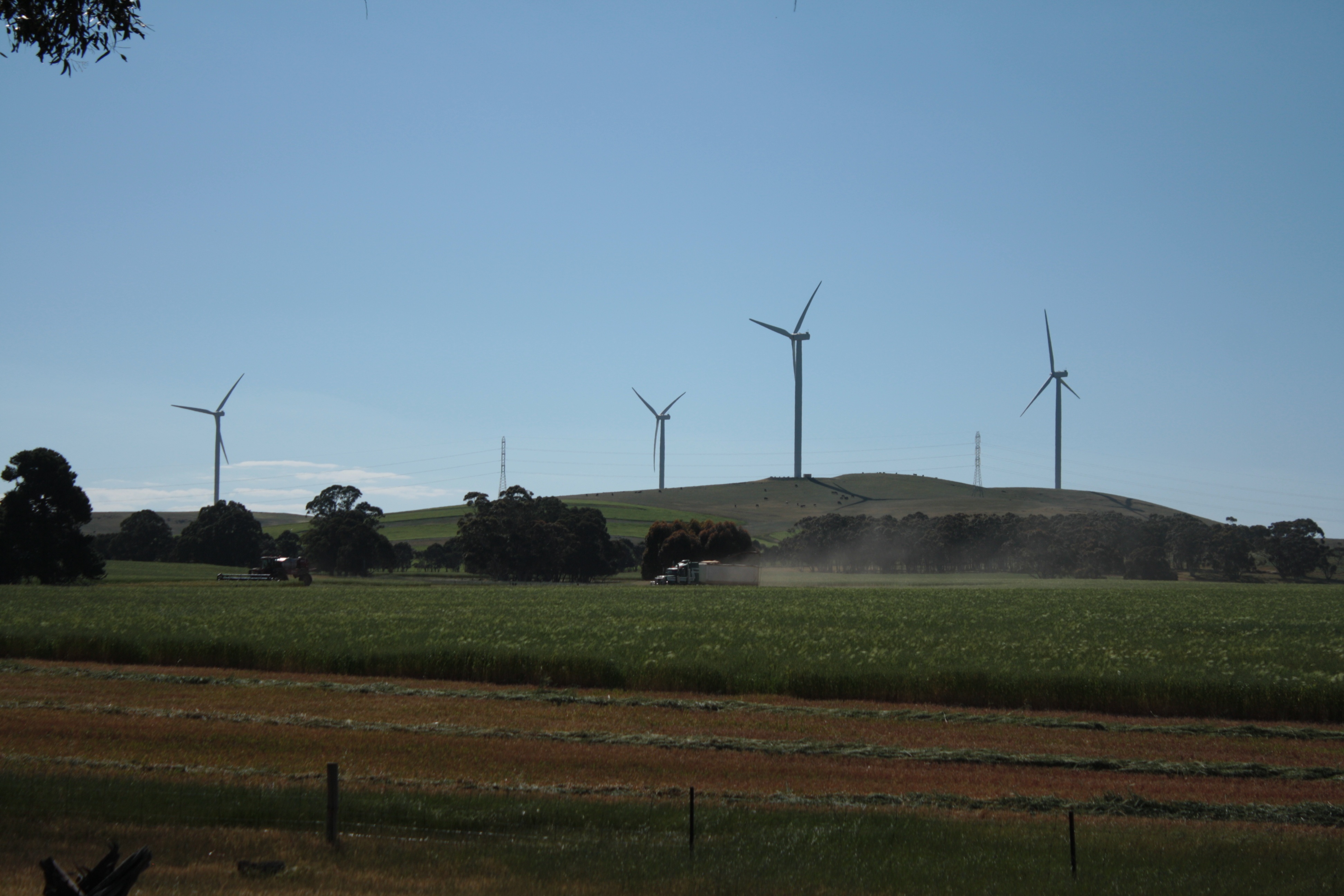
How much do you know about some common broadacre crops? Can you recognise them as you drive past on country roads? Do you know what they are all used for?
We decided to put together a list of 8 common Australian crops that can be seen in many regional areas and some of their characteristics.
Barley:
Barley is an adaptable and versatile crop, grown throughout most of the Australian farming regions in except the Northern Territory and tropical regions of Queensland. Australia produces about 7 million tonnes each year and it is the second largest crop in volume (AgriFutures, 2017).
Broadacre cropping methods are used to farm barley and the grain is used primarily in malting for the brewing industry or as stock feed. It is a tolerant crop and can handle more saline soils. It is also known to be better able to tolerate drier conditions than many other crops.
Many feedlot's in Australia use barley as a primary grain in feed rations. The benefits being that it can often be sourced locally and is an economically viable feed source. Barley and wheat may be substituted during different seasons depending on the feedlot’s location.
Wheat:
Wheat is one of the oldest and widely produced crops, a well-known grain throughout the world, thanks to foods such as bread, pasta and cake. It is another cereal crop grown throughout most of Australia’s farming land. Wheat has the most varieties of any of Australia’s main cereal crops.
Western Australia exports the most wheat, while wheat used for domestic consumption and as stock feed is produced in the eastern states. (Department of Agriculture & Water Resourses, 2018)
Wheat as a grain looks similar to barley, only with longer head and a longer, slimmer seed. The nutritional composition of wheat varies depending on the climate of which it is grown. The kernel contains 12 percent water, 70 percent carbohydrates, 12 percent protein, 2 percent fat, 1.8 percent minerals, and 2.2 percent crude fibres (Encyclopedia Britannica).
Oats:
Oaten crops have been adapted to suit a wide variety of environments, can tolerate cooler, wetter environments. It can also withstand poorer soil conditions than many other broad acre crops.
In Australia, oaten crops are widely used to produce hay, the majority of which is exported. Oaten hay accounts for about 75% of hay exported from Australia each year, of which Western and South Australia produce about 65% (AgriFutures, 2017).

Canola:
Canola is instantly recognisable throughout Australia’s farming land as a sea of yellow flowers. It is Australia’s third largest crop, produced for its seeds, that are used in producing oils and fats such as margarine. The meal can also be used as stock feed.
Canola is known as a ‘cleaning crop’ because of its deep roots that help to clear out weeds. It is commonly grown in rotation with other cereal crops, wheat is generally grown after canola because it will typically produce a higher yield (AgriFutures, 2017).
Canola is grown throughout Southern Australia where conditions are more favourable.
Lentil:
Lentil crops are typically short with broad leaves, which is usually grown in rotation with other cereal broadacre crops as it acts as a cleaning crop to help clear disease and add nitrogen into the soil. Red and green lentils are predominantly grown in Australia.
Lentil crops are of a higher value than many other broadacre crops but require more moisture than most crops such as barley and wheat to thrive.
Canada is the largest contributor to global lentil trade, accounting for about 75% and the major importing countries are India, Bangladesh, Sri Lanka, Egypt and Turkey (AgriFutures, 2017).

Lucerne:
Lucerne is a type of legume and crops are used predominantly for use as high-quality hay, silage and as stock feed. The crop is grown throughout the farming land in Australia and can be easily recognised due to its leafy foliage, purple, blue or white flowers and its short stature.
The crop has deep roots, allowing it to sustain itself in drier conditions and enhance the soil for future crops by adding nitrogen. There are more than 50 varieties of Lucerne available in Australia and the plant is highly regarded as a high quality stock feed (AgriFutures, 2017).
Lucerne is grown throughout Australia and is particularly suited to Southern Australia. The crop can be planted in a crop rotation, or between the seasons for other crops, such as a grazing crop for livestock and to improve the soil (AgriFutures, 2017).
Vetch:
Vetch is grown in much of Southern Australian farming regions and is used as a fodder for livestock through hay or silage production, or as a grain. Vetch is a great crop to be used in rotation as a disease break crop.
Vetch is another legume that is consistent and versatile, it assists in clearing weeds and disease and adding nitrogen to the soil (AgriFutures, 2017).
Vetch plants typically have purple seeds and the seed is high in protein, making it a great stock feed.
Sorghum:
Unlike the rest of the crops that we have listed, sorghum is grown in tropical and sub-tropical regions of Australia. It is a tall crop, typically used as stock feed in Australia, it’s grain and can be used as a biofuel crop.
Sorghum is widely used in the Queensland, NSW and Northern Territory as a stock feed in feedlots where it is easily sourced.
Sorghum is typically a taller crop than most broadacre crops and has a large head with either maroon, white or yellow flowers. Interestingly, in the early stages of some species growth, the plant can be lethal for grazing animals, such as cattle.

